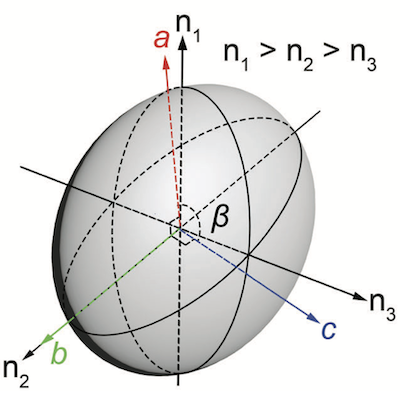Abstract
As basic optical elements, waveplates with anisotropic electromagnetic responses are imperative for manipulating light polarization. Conventional waveplates are manufactured from bulk crystals (e.g., quartz and calcite) through a series of precision cutting and grinding steps, which typically result in large size, low yield, and high cost. In this study, we use a bottom-up method to grow ferrocene crystals with large anisotropy to demonstrate self-assembled ultrathin true zero-order waveplates without additional machining processing, which is particularly suited for nanophotonic integration. The van der Waals ferrocene crystals exhibit high birefringence (Δn (experiment) = 0.149 ± 0.002 at 636 nm), low dichroism Δκ (experiment) = -0.0007 at 636 nm), and a potentially broad operating range (550 nm to 20 μm) as suggested by Density Functional Theory (DFT) calculations. In addition, the grown waveplate’s highest and the lowest principal axes (n1 and n3, respectively) are in the a-c plane, where the fast axis is along one natural edge of the ferrocene crystal, rendering them readily usable. The as-grown, wavelength-scale-thick waveplate allows the development of further miniaturized systems via tandem integration.
